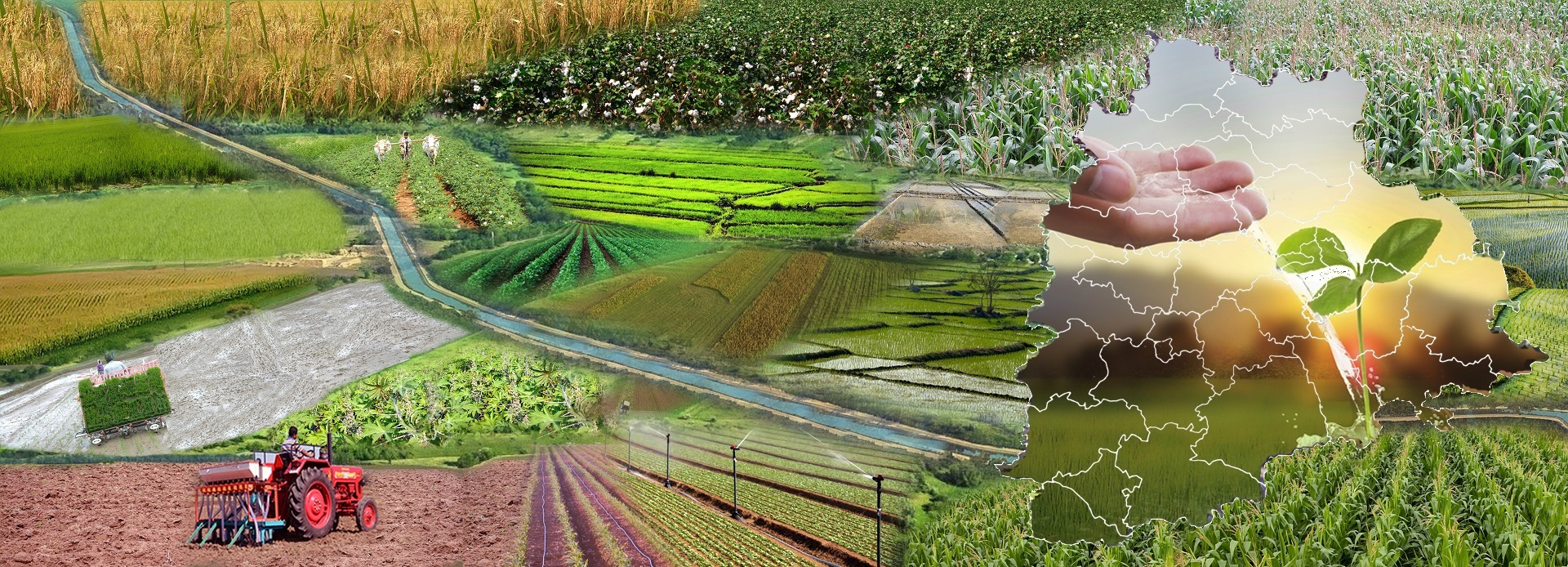



Received: 02-Aug-2022, Manuscript No. GJAEERD-22-74346; Editor assigned: 04-Aug-2022, Pre QC No. GJAEERD-22-74346(PQ); Reviewed: 19-Aug-2022, QC No. GJAEERD-22-74346; Revised: 26-Aug-2022, Manuscript No. GJAEERD-22-74346(R); Published: 05-Sep-2022, DOI: 10.15651/2408-5480.22.10.009
India is one of the oldest civilizations with a kaleidoscopic variety and rich cultural heritage. It has achieved multifaceted socioeconomic progress during the last five decades of its independence. India has become self sufficient in agricultural production and is now the tenth industrialized country in the world and the sixth nation to have gone into outer space to conquer nature for the benefit of the people. It covers an area of 32,87,263 sq. km., extending from the snow-covered Himalayan heights to the tropical rain forests of the south. It has a land frontier of about 15,200 km. measuring about 3,214 km. from north to south 2,933 km. from east to west. The total length of the coastline of the mainland, Lakshadweep, Andaman and Nicobar Islands is 7,516.6 km. As the seventh largest country in the world, India stands apart from the rest of Asia, marked off as it is, by mountain and the sea. This characteristic gives the country a distinct geographical entity.
The most conspicuous feature of the Indian economy is that hundreds of millions of people live in conditions of appalling deprivation in conditions of hunger, ill-health, homelessness, illiteracy and are subject to different forms of class, caste and gender oppressions. India has more than 16 percent of world’s population, stands second only to China in this respect. India is a land of villages. Nearly 75 percent of the Indian population live in rural areas and in 1997-98 about 27.5 percent of the country’s national income was derived from agriculture. According to World development report, 59 percent of male and 74 percent of female labour in India still depend on agriculture whereas in highly developed countries the percentages are only 5 and 4 respectively. The poor in rural India own little or no property and hence have no economic power. The major asset the poor possess is their labour power. India has a large stock of labour force. The unemployment situation has worsened over a period of time.
Indian villages are still lacking in basic facilities of life and are synonymous with underdevelopment, poor health, illiteracy, high incidence of communicable and contagious diseases, preponderance of agriculture, low level of productivity, scarcity of skilled manpower etc. There are also wide disparities of incomes. The situation in respect of inter-personal and inter regional inequalities is no less alarming. In a developing country like India, where wealth and poverty exist side by side, a small minority enjoys excessive riches while the vast majority has only the barest necessities of life and sometimes not even that. Since its inception on 14th March 1950, the planning commission has given to the nation nine five year plans and six annual plans. The sole aim of all these plans was not only to allocate resources, but also to germinate the seeds of change for economic growth and simultaneously equitable distribution of income as well as to achieve progress and prosperity in all spheres of life. Removal of poverty, hunger, ill-health and dichotomies are still the relevant issues for socio-economic planning in India.